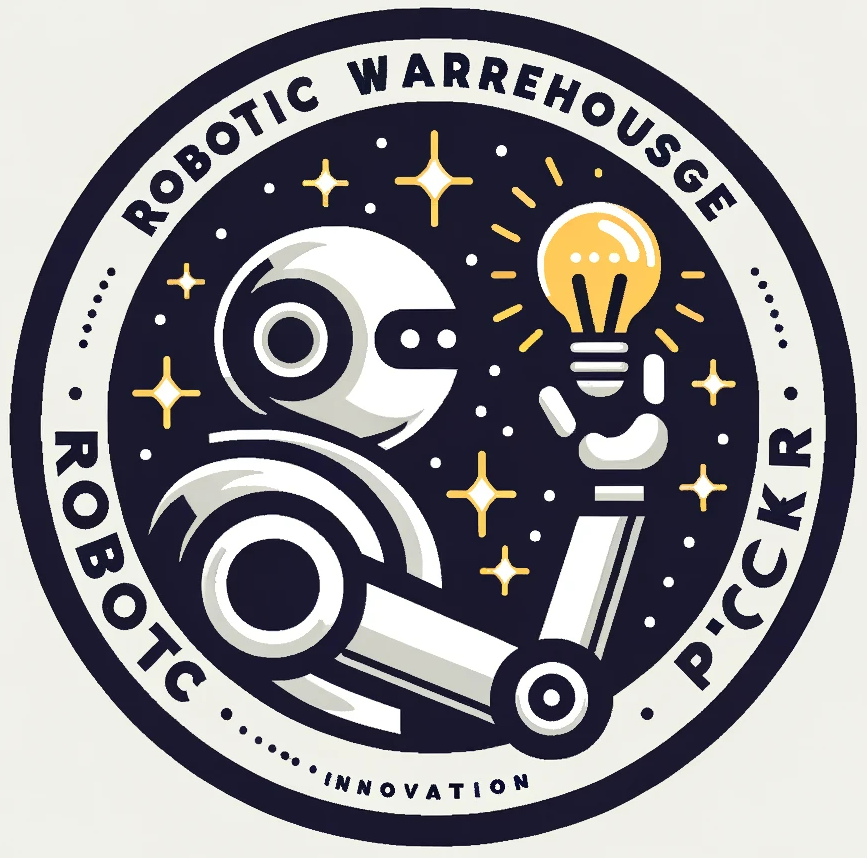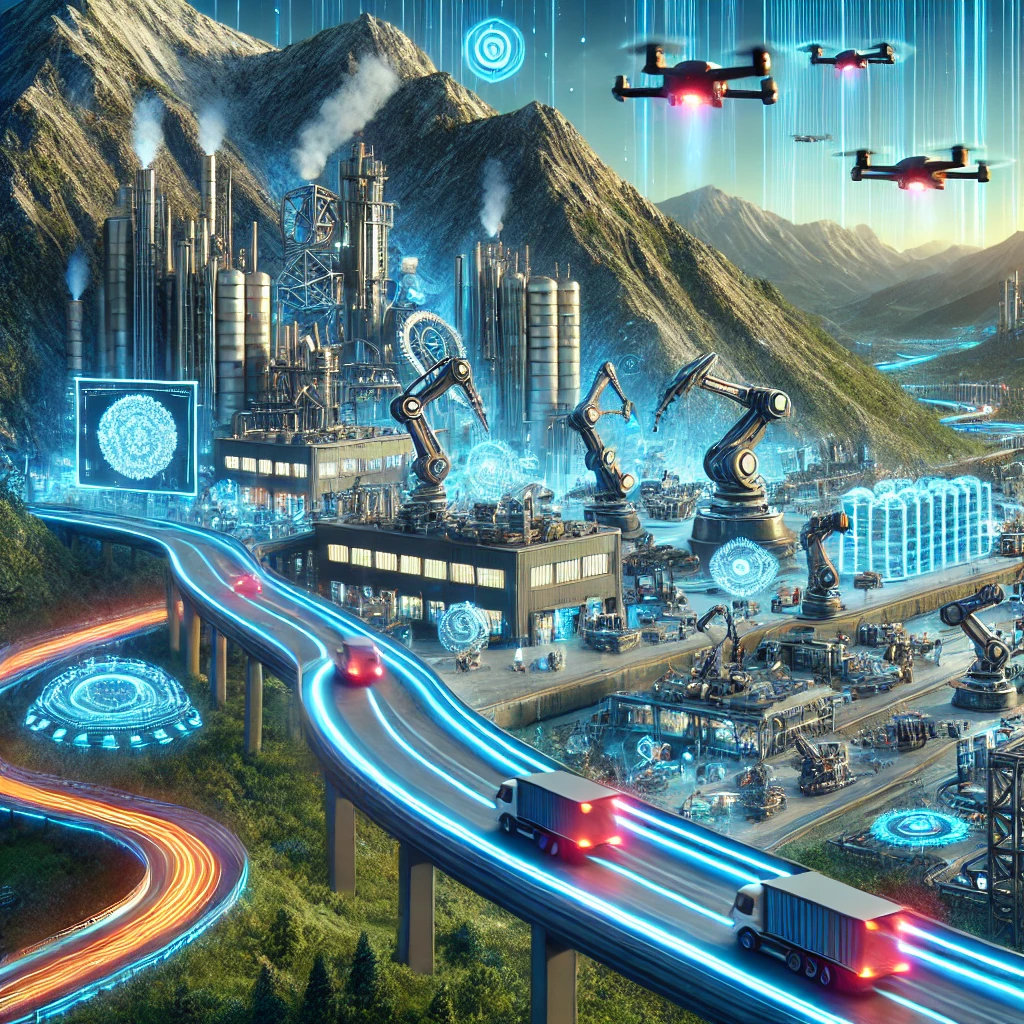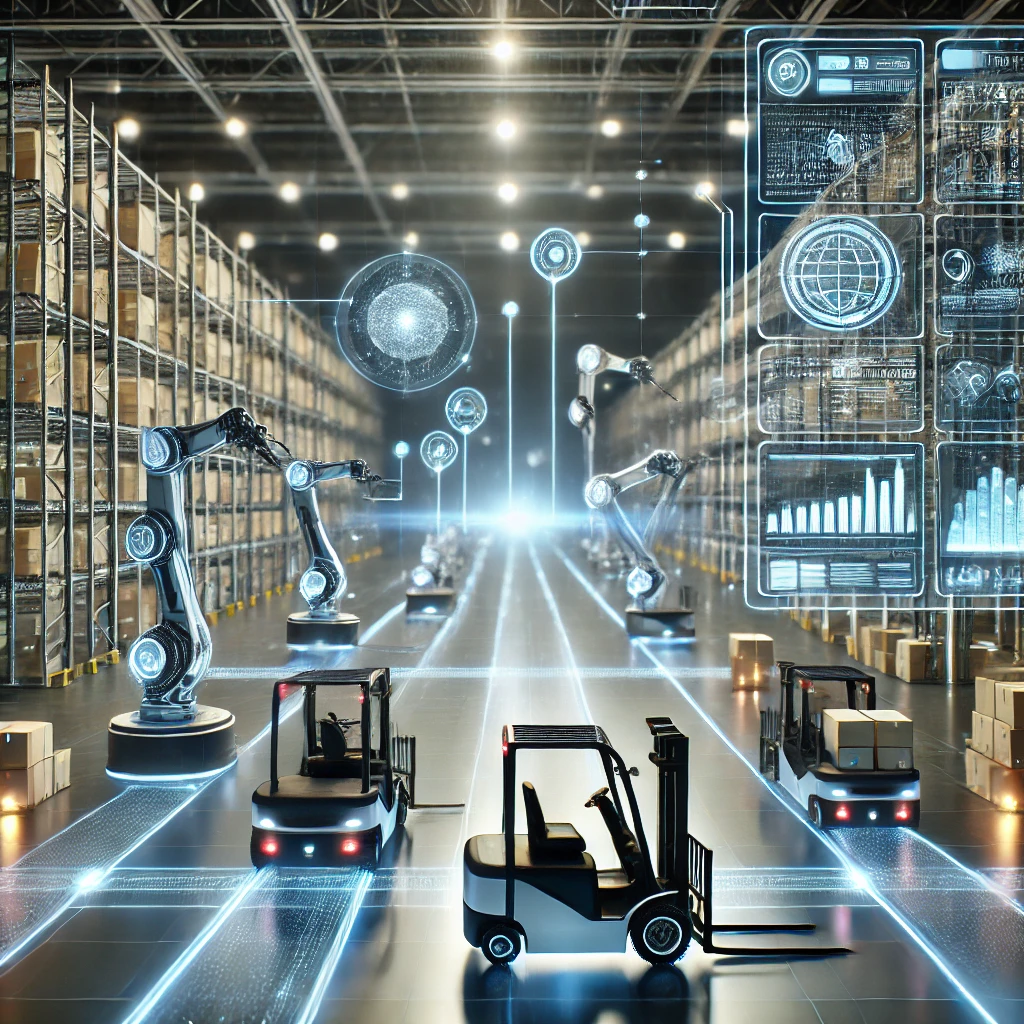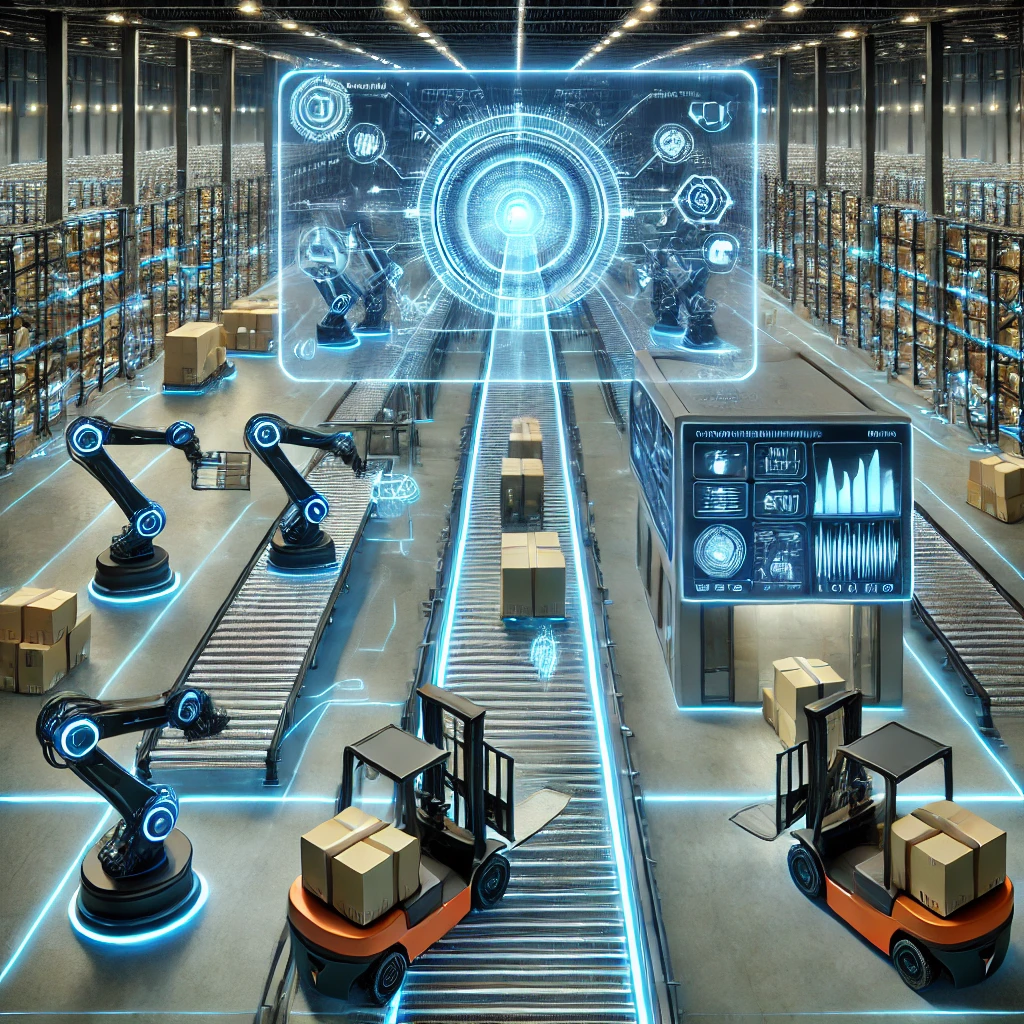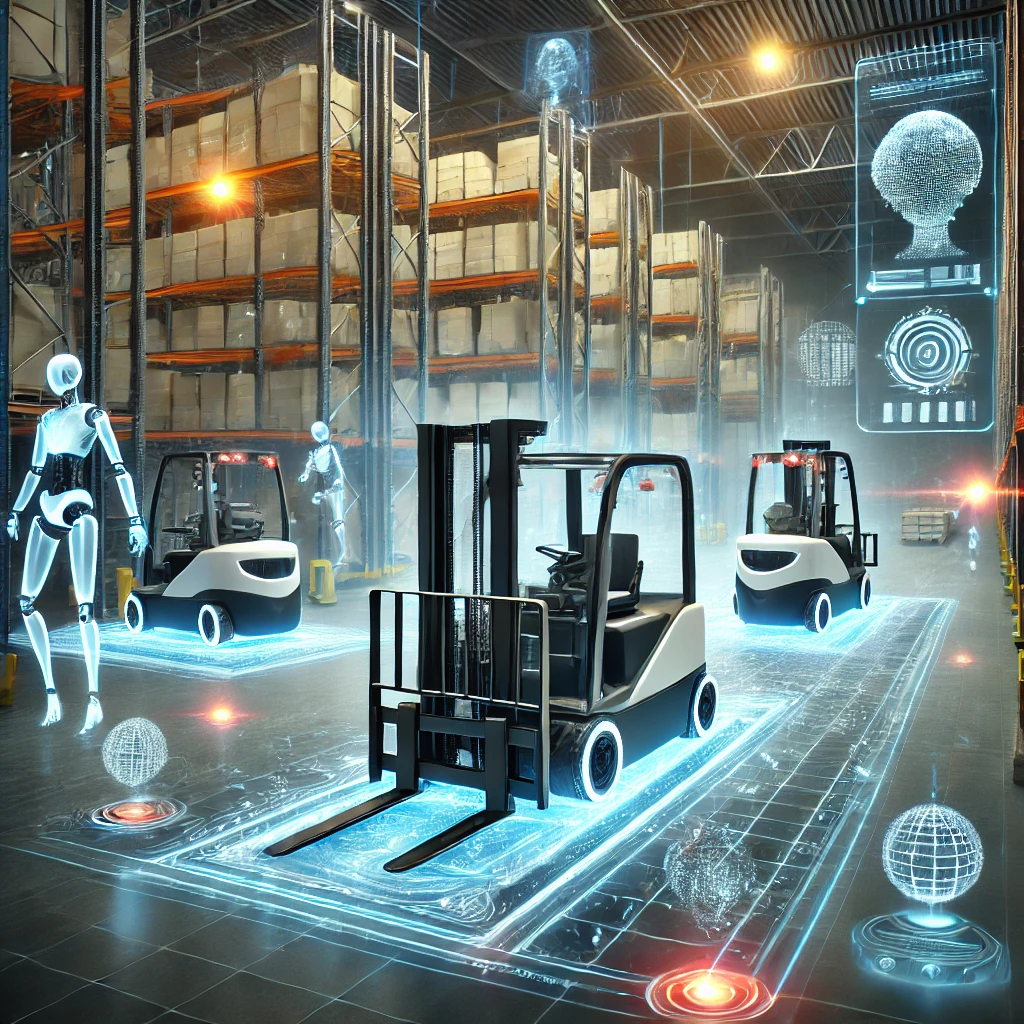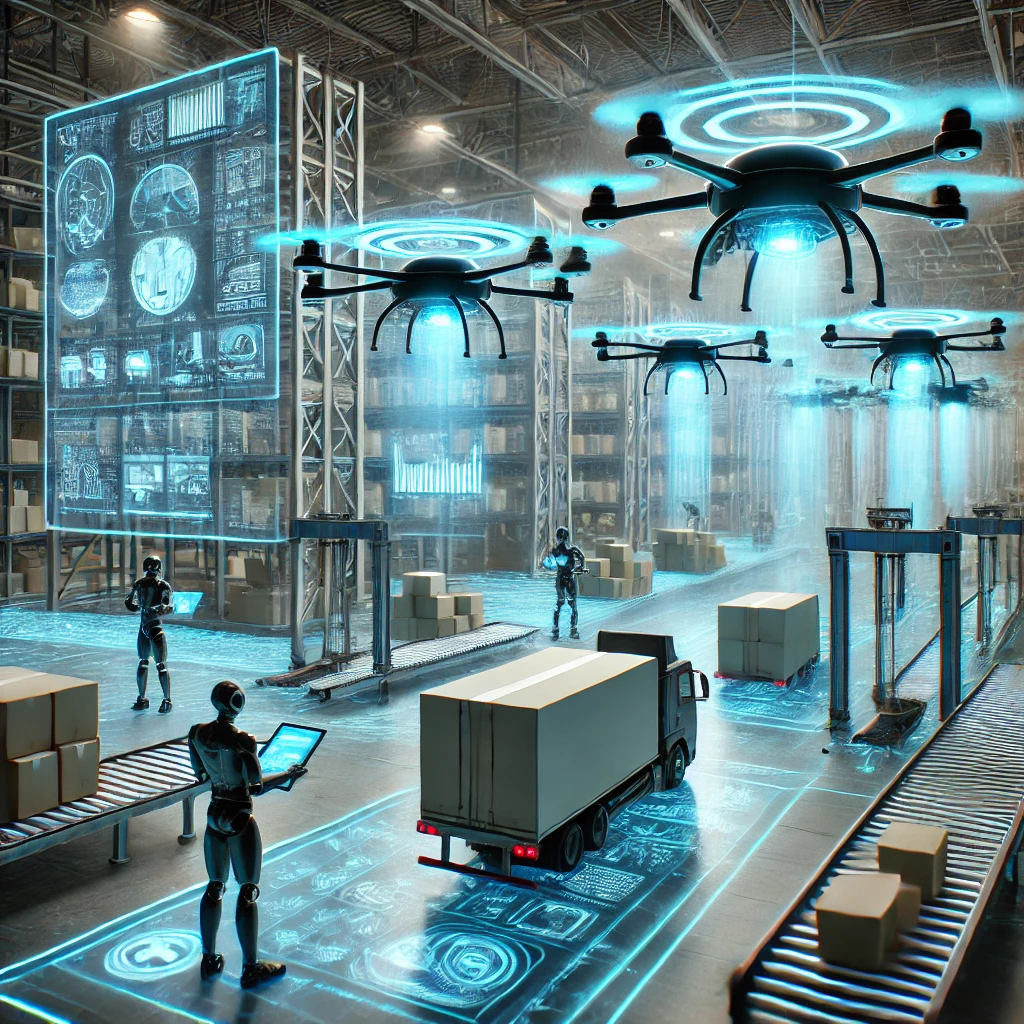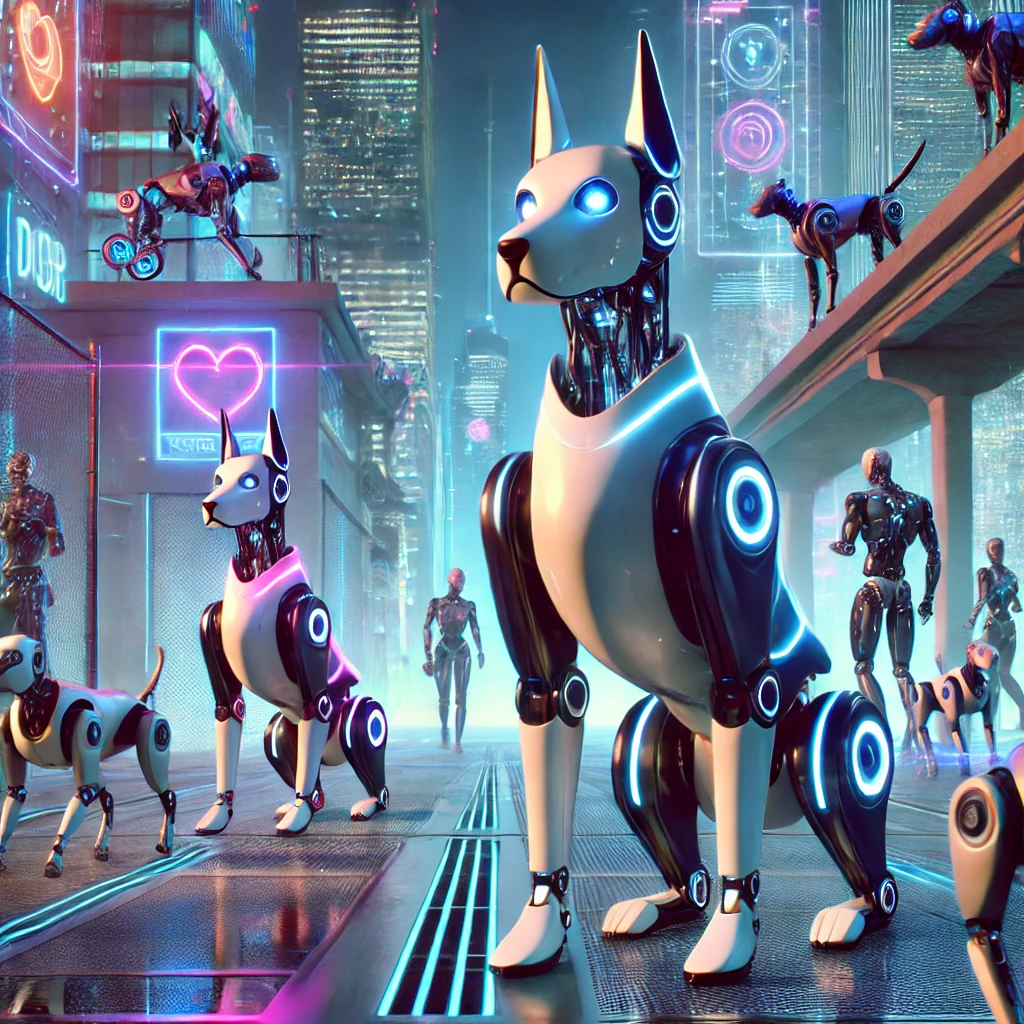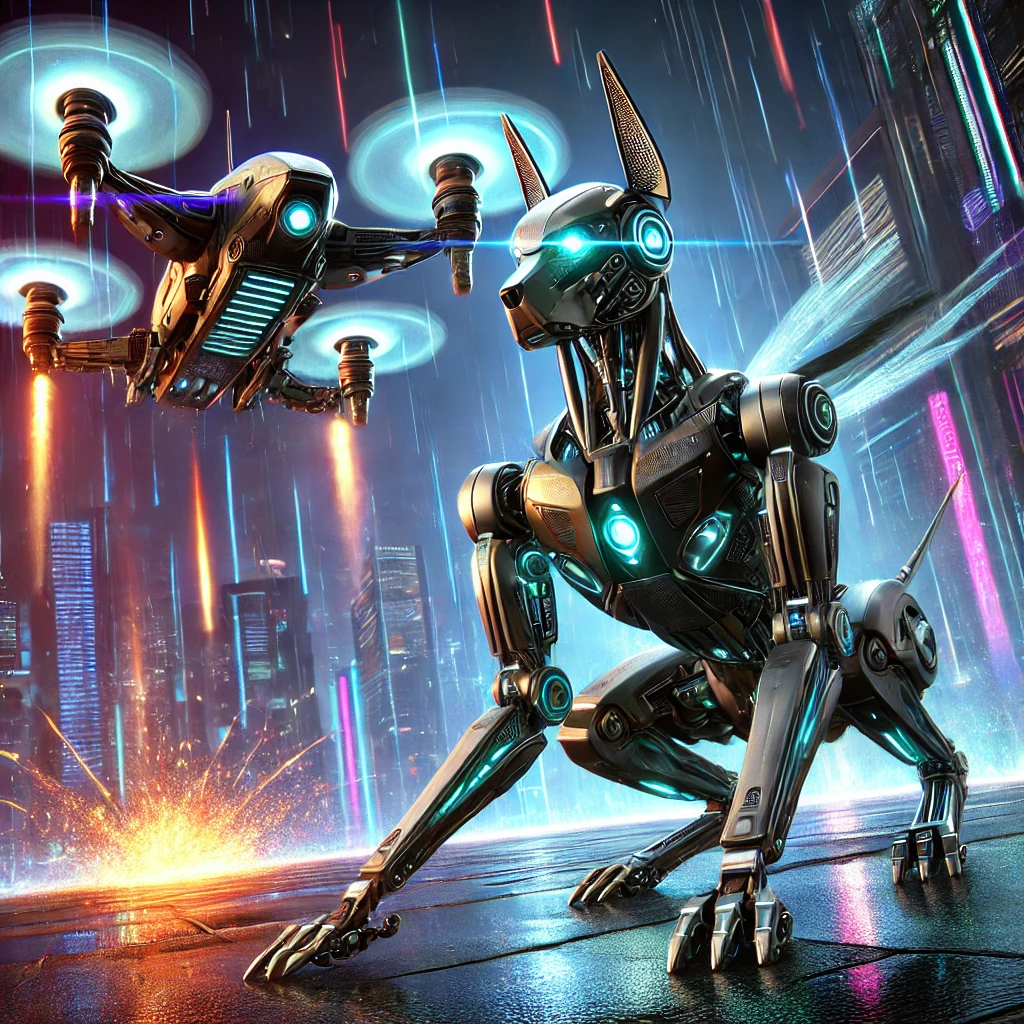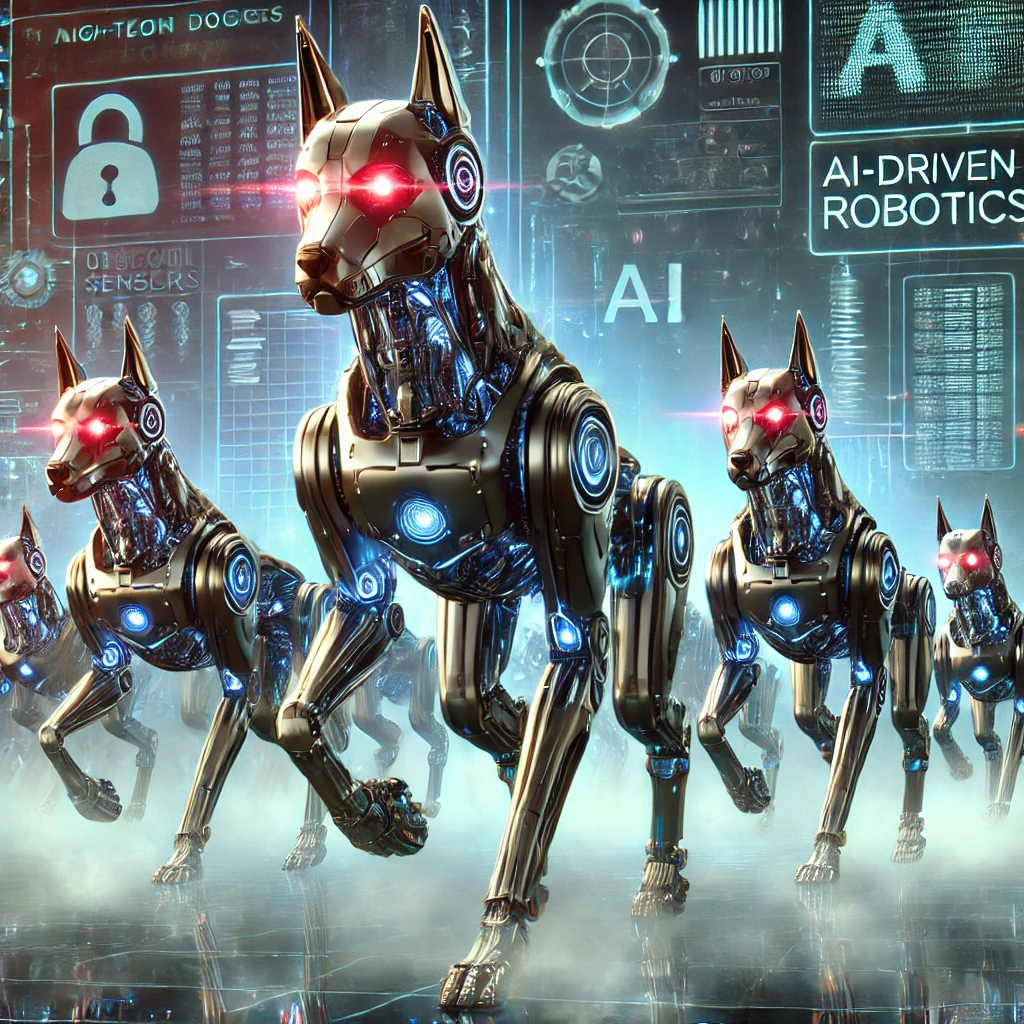Listen Up: Here’s How to Stop Your Warehouse Wasting Your Money
Look, I’m going to give it to you straight. Most warehouses I see are running like it’s still 1985. Wide aisles everywhere, blokes with clipboards wandering around, and enough wasted space to build another warehouse. It’s bloody ridiculous.
The Problem With Your Warehouse
Let me tell you something – I started in business selling out of the back of a van. Now I’ve seen hundreds of warehouses, and most of them are losing money hand over fist because they’re stuck in the dark ages. You’re probably making the same mistakes right now.
You’ve got:
- Workers walking miles every day to pick orders
- Forklifts bumping into things
- Stock getting lost or damaged
- Space being wasted on massive aisles
It’s costing you a fortune, and you know it.
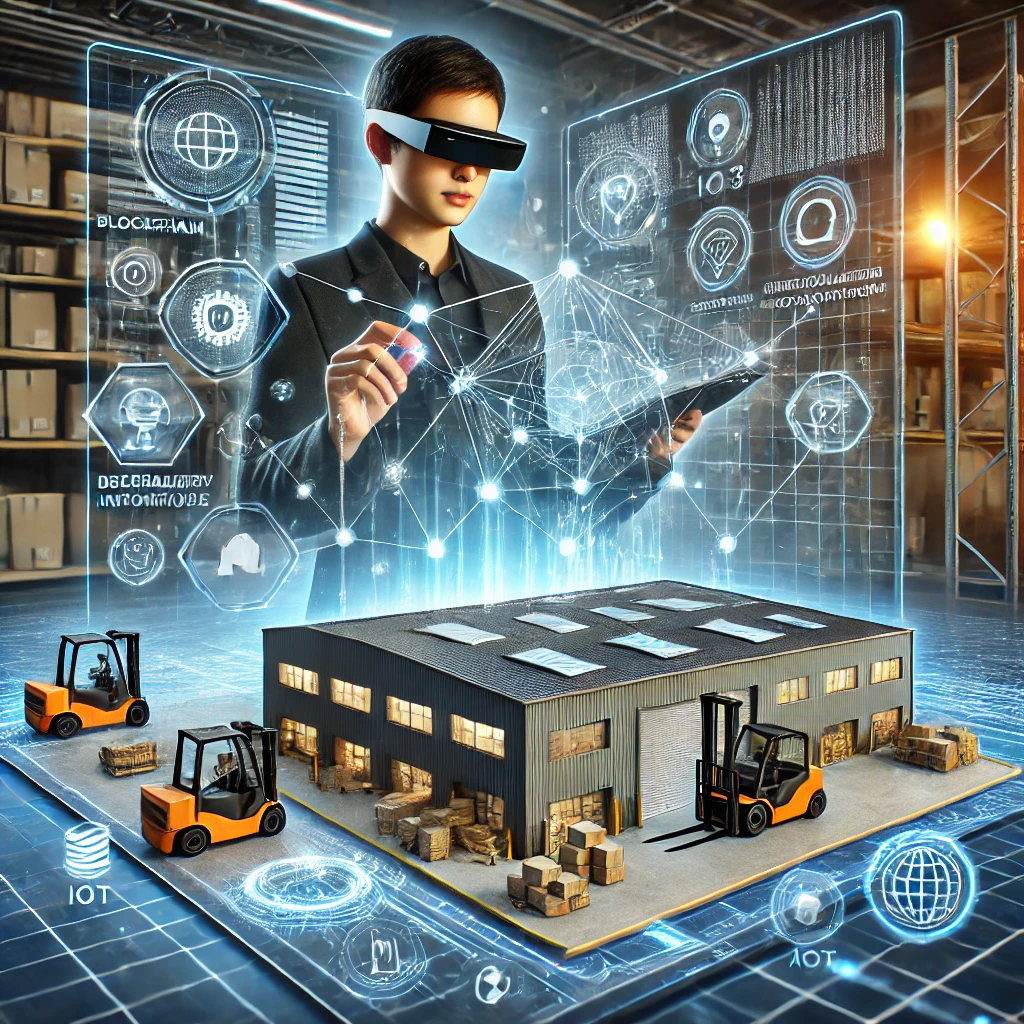
What Modern Warehouses Actually Look Like
I was at an Amazon facility last month. You want to know what I saw? Robots. Everywhere. Not a single wasted movement. Not an inch of wasted space. That’s what you’re competing with, whether you like it or not.
And before you start moaning about how you can’t afford to be Amazon – shut up and listen. You don’t need billions to automate. You need common sense and a plan.
The Real Changes You Need to Make
Right, pay attention because I’m only going to say this once:
First, forget everything you know about warehouse layouts. All that rubbish about wide aisles and human-friendly spaces? Chuck it out the window. Modern warehouses are built for robots, and robots don’t need tea breaks or wide aisles to turn around in.
Here’s what actually works:
Narrow Aisles and High Stacks
Your warehouse should look like a bloody tower block, not a shopping centre. Go vertical. Modern robots can reach up 40 feet without breaking a sweat. That’s free space you’re not using.
Robot-Friendly Zones
I visited a warehouse in Manchester that split their space into human and robot zones. Humans do what they’re good at – problem-solving and complex tasks. Robots do the heavy lifting and repetitive stuff. Simple.
Smart Storage Systems
You know what drives me mad? Seeing expensive warehouse space being used like a bloody self-storage unit. Modern automated systems can pack products in tight because they never forget where anything is.
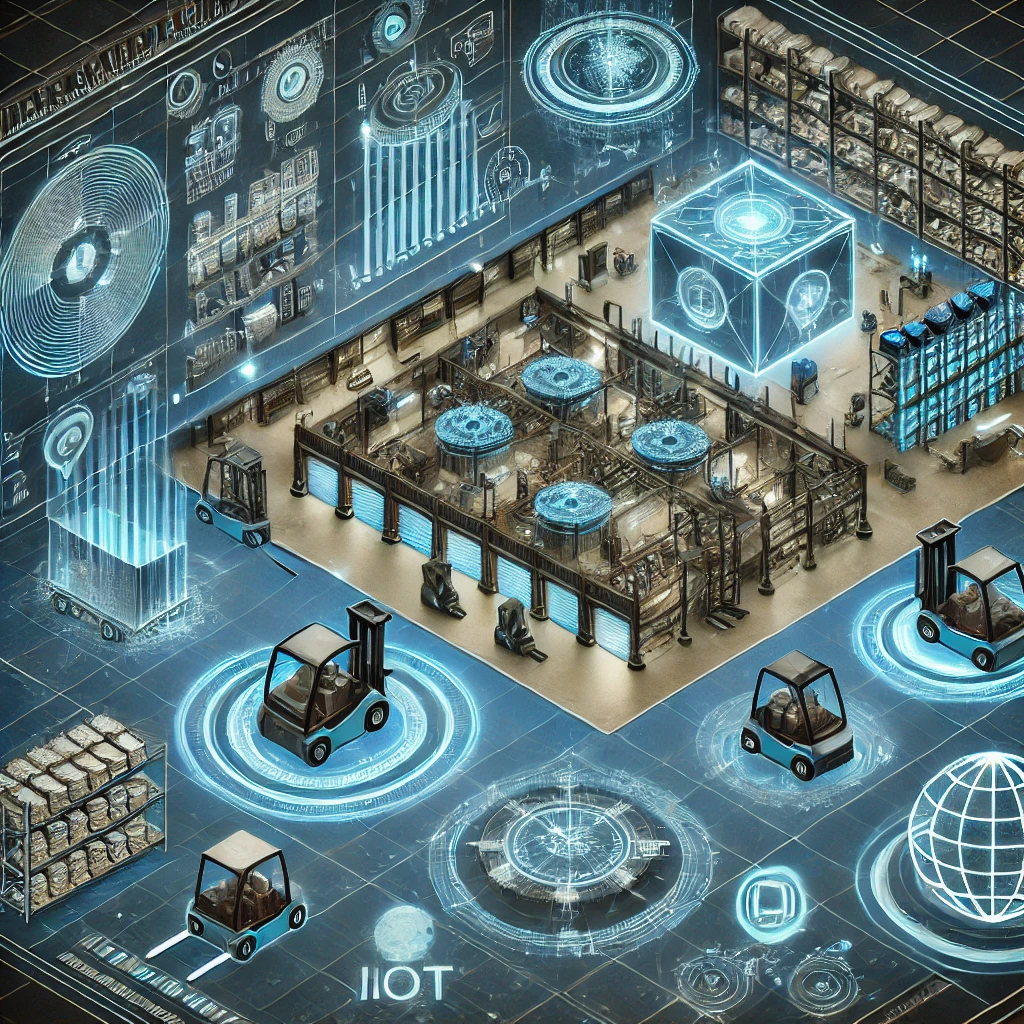
The Money Side (Because That’s What Matters)
Let me give you some real numbers:
A mid-sized warehouse I worked with spent £500,000 on automation. Sounds like a lot, right? Well, shut up and look at the returns:
- Cut labor costs by 60%
- Doubled their storage capacity
- Processing orders 3 times faster
- Paid for itself in 14 months
That’s not marketing rubbish – that’s cold, hard cash.
What Can Go Wrong (And How to Avoid It)
Look, I’m not here to sell you a fairy tale. Things can go wrong. I’ve seen it happen:
- Companies buying fancy robots before sorting out their basic processes
- Managers not training their staff properly
- Systems that don’t talk to each other
But here’s the thing – these aren’t problems with automation. They’re problems with bloody stupid management.
How to Do It Right
Start small. Pick one area of your warehouse that’s causing you the biggest headache. Sort that out first. Get it right, learn from it, then expand.
And for heaven’s sake, involve your workers. They know the day-to-day problems better than some consultant in a fancy suit who’s never shifted a box in their life.
The Future (Whether You Like It or Not)
Let me tell you something – in five years, if your warehouse isn’t automated, you probably won’t have a warehouse. Simple as that.
I’m seeing:
- Robots that can learn new tasks just by watching
- Systems that predict what you’ll need before you need it
- Warehouses running 24/7 with minimal human input
This isn’t Star Trek – this is happening now.
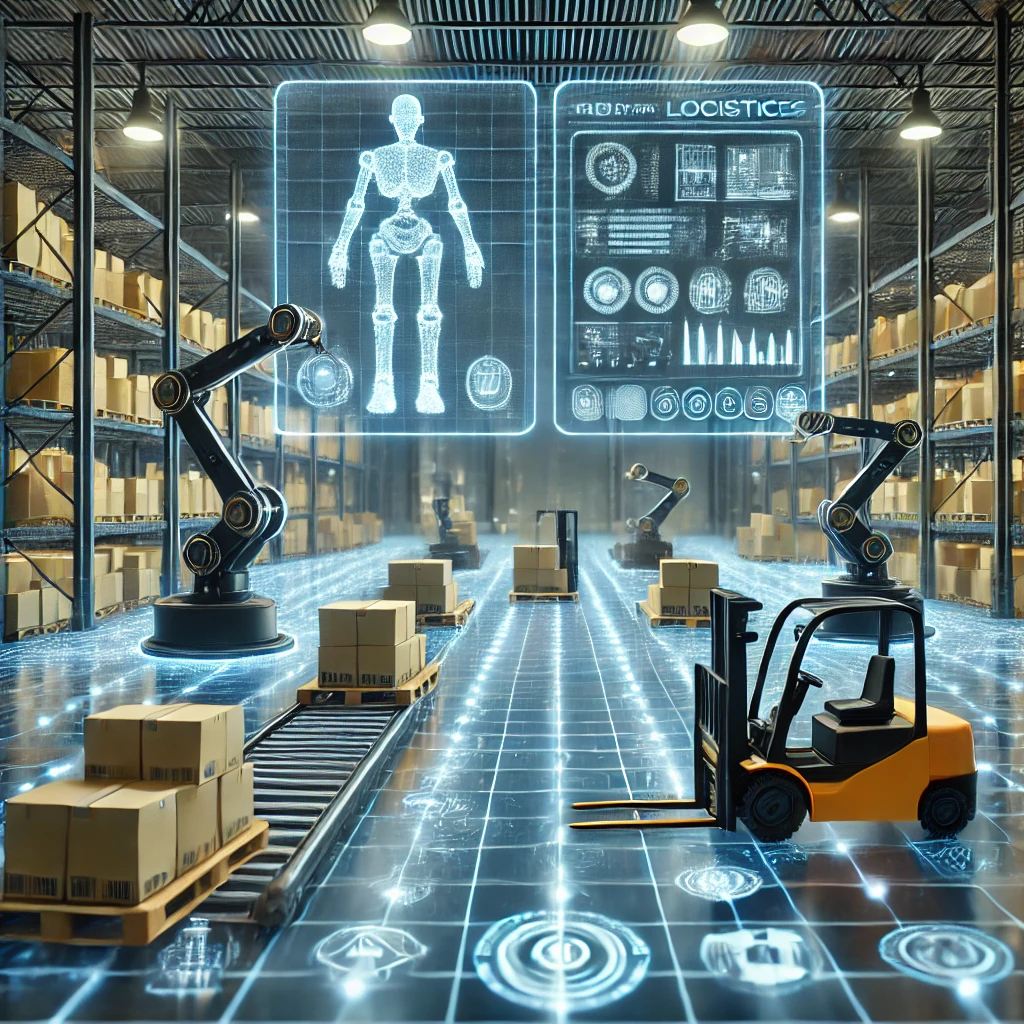
What You Need to Do Tomorrow
Right, here’s your homework:
- Walk your warehouse floor. Count how many people are doing jobs a robot could do better.
- Look up. See all that empty space above your racks? That’s money you’re wasting.
- Time how long it takes to find and pick one item. Now multiply that by your daily orders.
Got a headache yet? Good. That’s your wake-up call.
The Bottom Line
Listen, I’ve been in business longer than some of you have been alive. I’ve seen companies succeed and fail. The ones that succeed adapt. The ones that fail make excuses.
Your warehouse is either making you money or losing you money. Right now, if it’s not automated, it’s probably losing you money.
Sort it out. No excuses.
